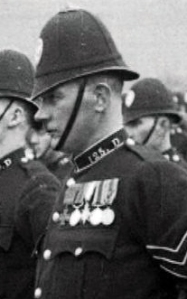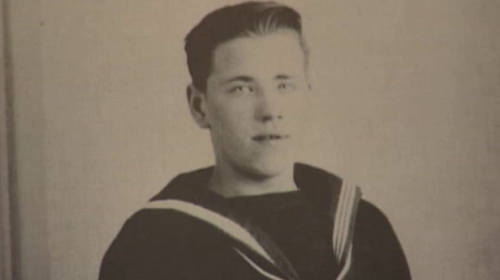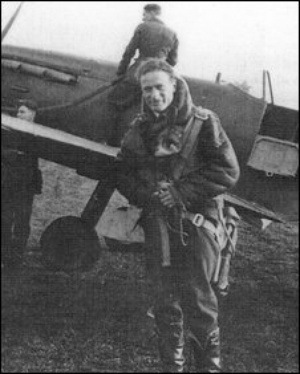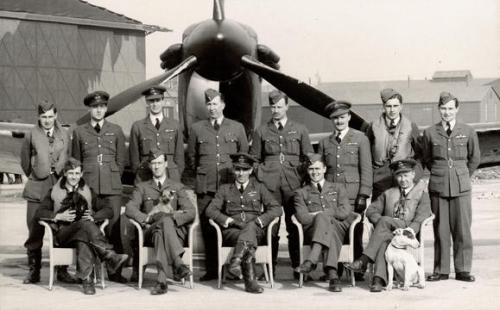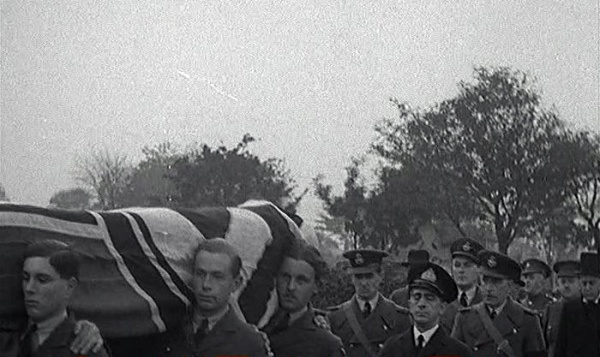 If you ask most people to name a battle in the Great War, most will say the Somme, or perhaps the mud of Passchendaele, maybe the coalfields of Loos, but few if any will mention the Battle of Arras in 1917, which a great shame.
If you ask most people to name a battle in the Great War, most will say the Somme, or perhaps the mud of Passchendaele, maybe the coalfields of Loos, but few if any will mention the Battle of Arras in 1917, which a great shame.
Just over 102 years ago on 9th April, 1917 in North East France a huge army was assembled in the historic town of Arras, many of the soldiers were Scots or ex-pat Scots in Canadian service.
Men of the 9th Scottish, 15th Scottish and 51st Highland Division, the Canadian Highlanders, the 15th and 16th Royal Scots with 34 Division, in short the largest number of Scotsmen bearing arms since the Battle of Flodden were assembled ready to face the Germans. The morning of the 9th broke cold and windy, very un-Spring like, the men emerging from the huge tunnel network under Arras witnessed an artillery barrage the like of which had never been seen before.
The British and Canadian troops were to attack in support of their French Allies who were going on the offensive a week later.
Hardly surprisingly with so many Scotsmen being in the battle, many of them came from Midlothian, and they were involved in some of the fiercest fighting.
Going into battle with the 6th King’s Own Scottish Borderers were lifelong pals Andrew Hogarth from Fordel, and James Crawford from Dalkeith. Andrew had worked as a ploughman on Murrays Farm and had only enlisted in 1916 due to the importance of his work. James had worked on Airfield Farm and had joined around the same time as his best pal. They asked to be kept together and were posted to the 6th King’s Own Scottish Borderers, part of the 9th Scottish Division.
Now at 215 am on a cold April morning they rose and donned their webbing and picked up their weapons to make their way to the front line. At 5am they huddled together at the rear of a huge mine crater called Clarence, waiting anxiously for the off, at 530 it came, with a blast of the whistle the men of the KOSB rose and advanced over no-mans-land. Then disaster struck, the creeping artillery barrage for some unexplained reason suddenly dropped very short of the German lines and landed on top of the KOSB. The casualties were severe, and amongst them were Andrew and James, killed by shrapnel. Andrew lies at rest in Bailleul Road West Cemetery, St Laurent-Blangy, sadly James’ body was lost in the advance and he is remembered on the Arras Memorial.
On a different section of the front, the 1st Gordon Highlanders went on the attack, their objective was a series of German trenches along the Tilloy Road, they are luckier than the Borderers, the artillery has cut the barbed wire to ribbons and the dazed Germans quickly surrender to the Highlanders, the German bombard the trenches vacated by the Gordons but they cause hardly any casualties. However as they advance towards a small wood a German machine opens up on the men, killing and wounding around 60 men before it overrun by the Scots. Amongst those killed is 30-year-old Pte George Lothian from First Street in Newtongrange a miner at the Lady Victoria Pit, one of 6 brothers with the colours, he had been at the front since July, 1915. He is buried in the cemetery at Tilloy British Cemetery.
As you would expect many of the Midlothian men serving were in the various battalions of our local regiment, The Royal Scots. Several battalions fought at Arras, the 2nd, 8th, 9th, 11th,12th, 15th, 16th and 17th to be precise, giving an indication of the involvement of our men. One of these men was Pte Thomas McDonald of 15th Royal Scots, he was well known in Junior Football circles as a player with Bonnyrigg Rose FC. In February, 1916 he went to France and was quite badly wounded in July of that year in the Battle of the Somme. Tom was sent home to recover from his wounds and in February of 1917 he was declared fit enough to return to his unit.
On 9th April the 15th and 16th Royal Scots were tasked along with the 11th Suffolks with clearing a series of trenches running from the important Railway Cutting up to the relatively high and exposed Point-de-Jour Ridge. They made good progress initially overcoming ‘steady resistance’ but by the time they made it to the ridge, only 4 officers and 100 men were left. Tom McDonald was one of those killed, his body was never found.
Despite it’s lesser known reputation, Arras was one the bloodiest battles ever fought by the British Army with over 4,000 casualties every day. The 9th of April, 1917 was Midlothian’s 2nd blackest day of the war, with 21 of her sons falling that day.
A day to remember. A day to forget.
 Newbattle Church is a beautiful old church with a fascinating history, however I always thought that it had a chapter missing from that history, a memorial to those who fell in the Second World War.
Newbattle Church is a beautiful old church with a fascinating history, however I always thought that it had a chapter missing from that history, a memorial to those who fell in the Second World War.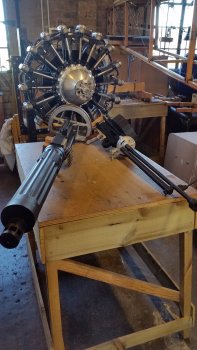








 iners son who joined Glasgow City Police and won the Victoria Cross in WW1.
iners son who joined Glasgow City Police and won the Victoria Cross in WW1.